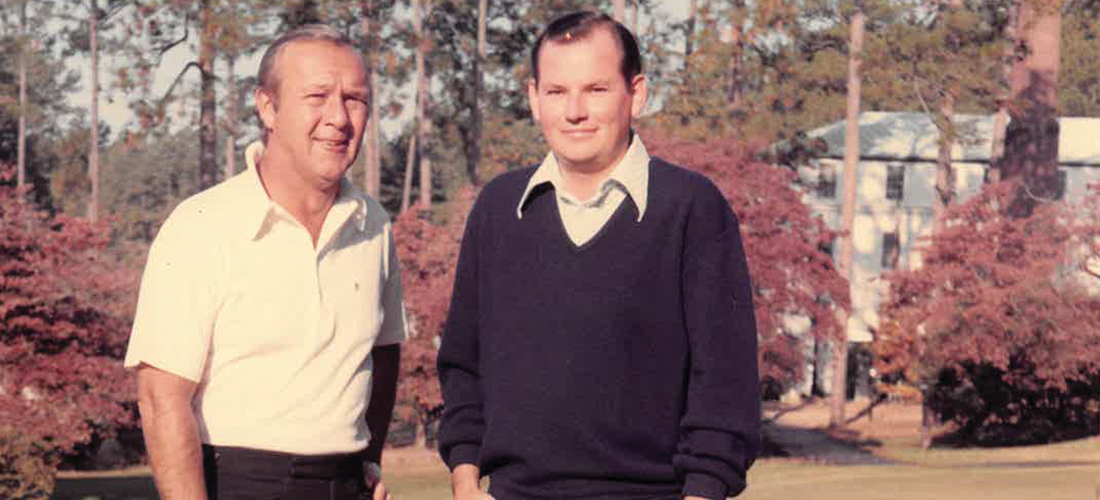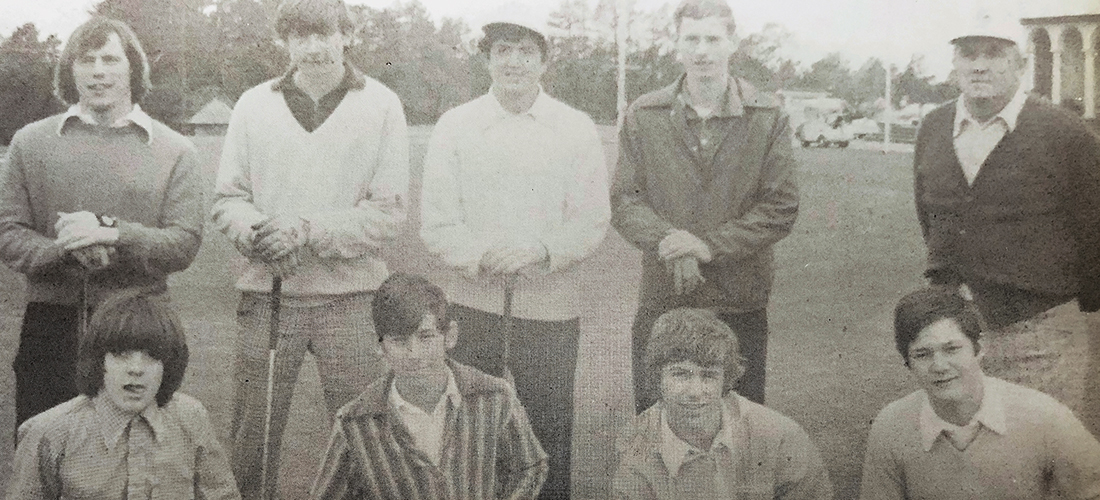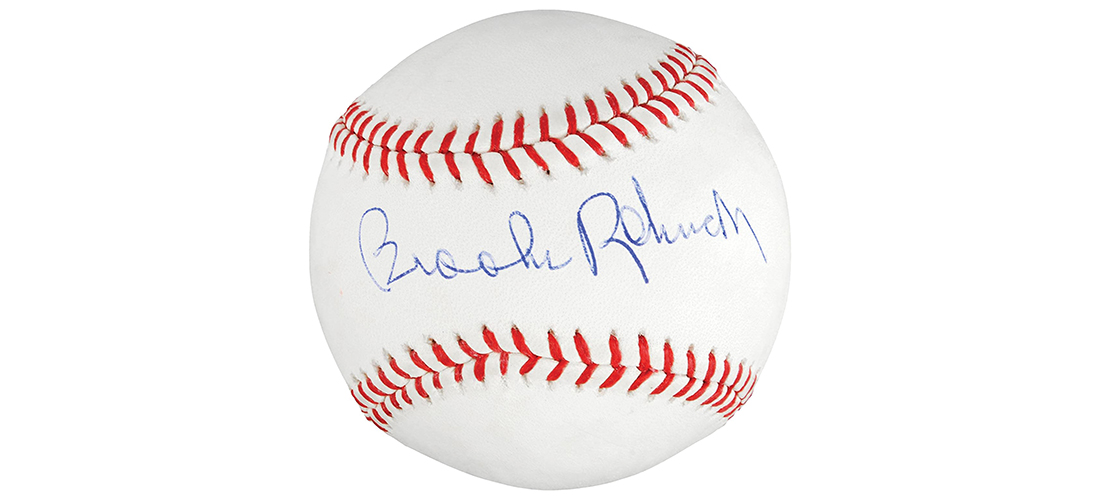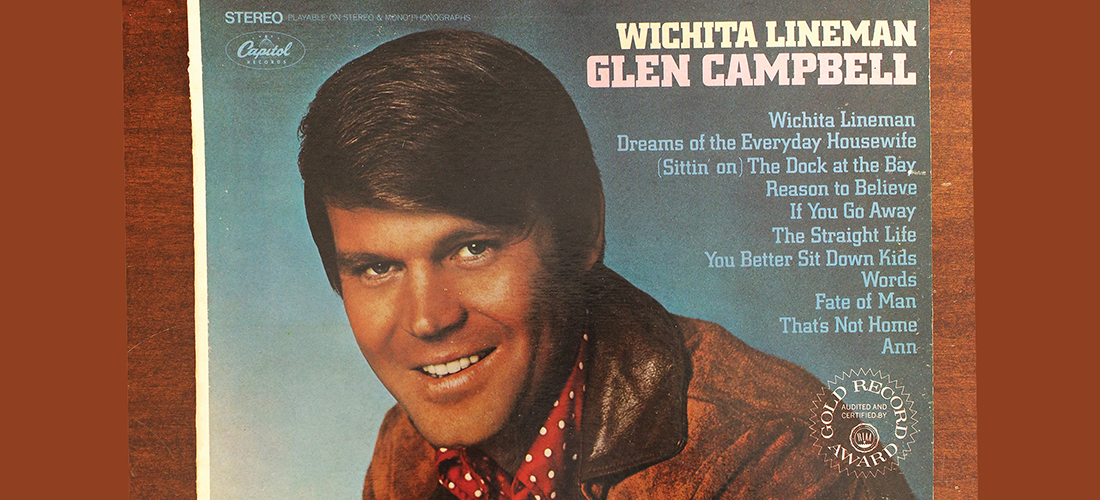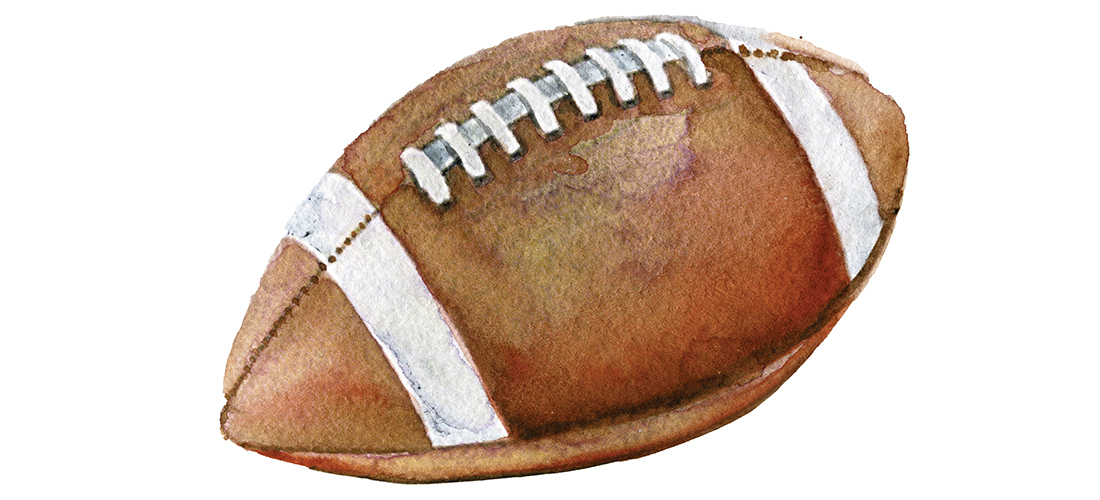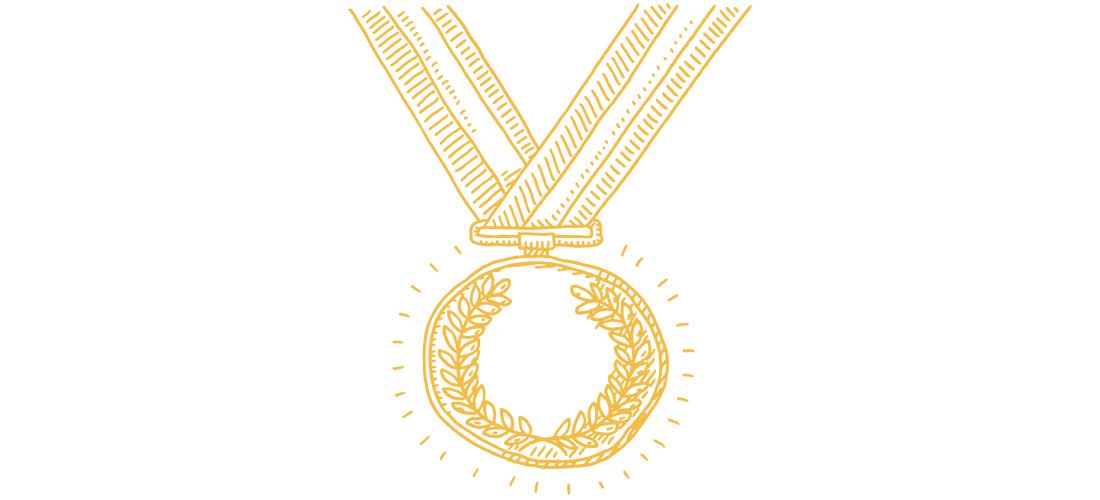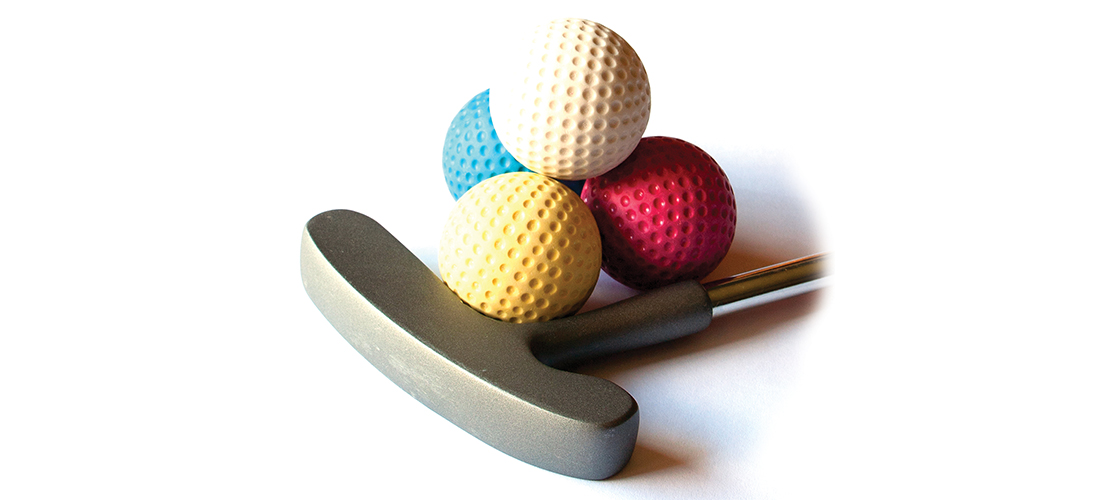Passing of a Friend
When news doesn’t travel as fast as it should
By Bill Fields
To be engrossed in all things golf when I was a teenager during the 1970s meant having your own category of “golf cool.”
Johnny Miller was cool. A Wilson 8802 putter was cool. The opening music for ABC’s U.S. Open television broadcasts was cool. And in my book, so was Jim Boros.
It is a familiar golf name, of course, made famous by Julius Boros, Jim’s uncle, who had three major titles among his 18 PGA Tour victories. Julius represented the Mid Pines Club, as it was then known, for a long time as its touring professional, and his brother, Ernie, was the head pro during the 1960s.
When Ernie needed some help, Jim, who had gotten out of the Air Force, came south from his native Bridgeport, Connecticut, in 1966. After several years as a Mid Pines assistant, Jim took a job in Huntingdon, Pennsylvania. In 1973, after Quality Inns purchased the resort from the Cosgrove family, Jim returned as head professional.
Jim hired me to park golf carts and clean clubs on weekends and in the summer. I made some money, had access to the wonderful course and got to buy stuff in the shop — All-Star gloves, DiFini slacks — at cost. We played games on the practice green, Jim often wearing the white loafers and white golf shirt he favored most of the year. The preferred competition was putting two balls at each of the green’s 18 holes trying to make the most aces. I had 14 once, but it was never easy to get the better of Jim. He advertised and sold by mail for a couple of bucks a little pamphlet that he called the secret to putting: Apply the most grip pressure with the pinkie and ring fingers of the top hand and the index and middle fingers of the bottom hand.
He was a good player. As a 17-year-old he won the 1960 Connecticut State Junior, defeating an opponent named Bob Palmer in the final. That victory earned him a trophy and a “Boros Beats Palmer” headline over a small story in Golf World magazine that made Jim smile years later.
Savvy about the game, Jim knew that I wasn’t going to develop into a top-level golfer despite my enthusiasm and effort. But he was kind — unless you hit a shank in his presence, which he couldn’t abide — and helpful. He appreciated that I tried to do a good job and sensed I might have a promising future. My dad once passed along a flattering comment that Jim had made to him about me.
It was a little, but confidence-inspiring thing, an assessment that meant more than a golf tip, not that Jim wasn’t good at those too. He was head pro at Mid Pines for a decade prior to taking a similar post at Whispering Pines.
Jim loved a cold beer and a ripe tomato, the latter all the better if it came from his garden, which was a passion. He was low-key, smart, smooth.
Until recently I hadn’t known Jim died at age 77 in May 2020 of cancer that had been diagnosed five months earlier. He was survived by wife Juanita, daughter Lancey, son Scott and four grandchildren.
Jim and Juanita, an Aberdeen native, were married for 55 years, having met at the Capri in Southern Pines, not long after he had moved south to work for Uncle Ernie. Juanita, visiting from Greensboro, and her brother Wilson had come in for a pizza after going to the movies. Jim came over to pay off a basketball bet to Wilson, who had become a friend. It was the best five dollars Jim ever lost, for it was only seven months from their chance meeting to marriage.
Theirs was an enduring love story. After his wife was diagnosed with multiple sclerosis in 1990, Jim retired to support her. I had seen Jim about a decade ago when we played golf at Whispering Pines with his good friends and weekly golf partners Bob Drum and Barry Matey, Barry having worked as an assistant pro under Jim for years.
“We had the best times,” Barry said of his long friendship with Jim when I called him after finding out that Jim had passed away. “He was a classy guy.”
Yes, we did. Yes, he was. PS
Southern Pines native Bill Fields, who writes about golf and other things, moved north in 1986 but hasn’t lost his accent.

